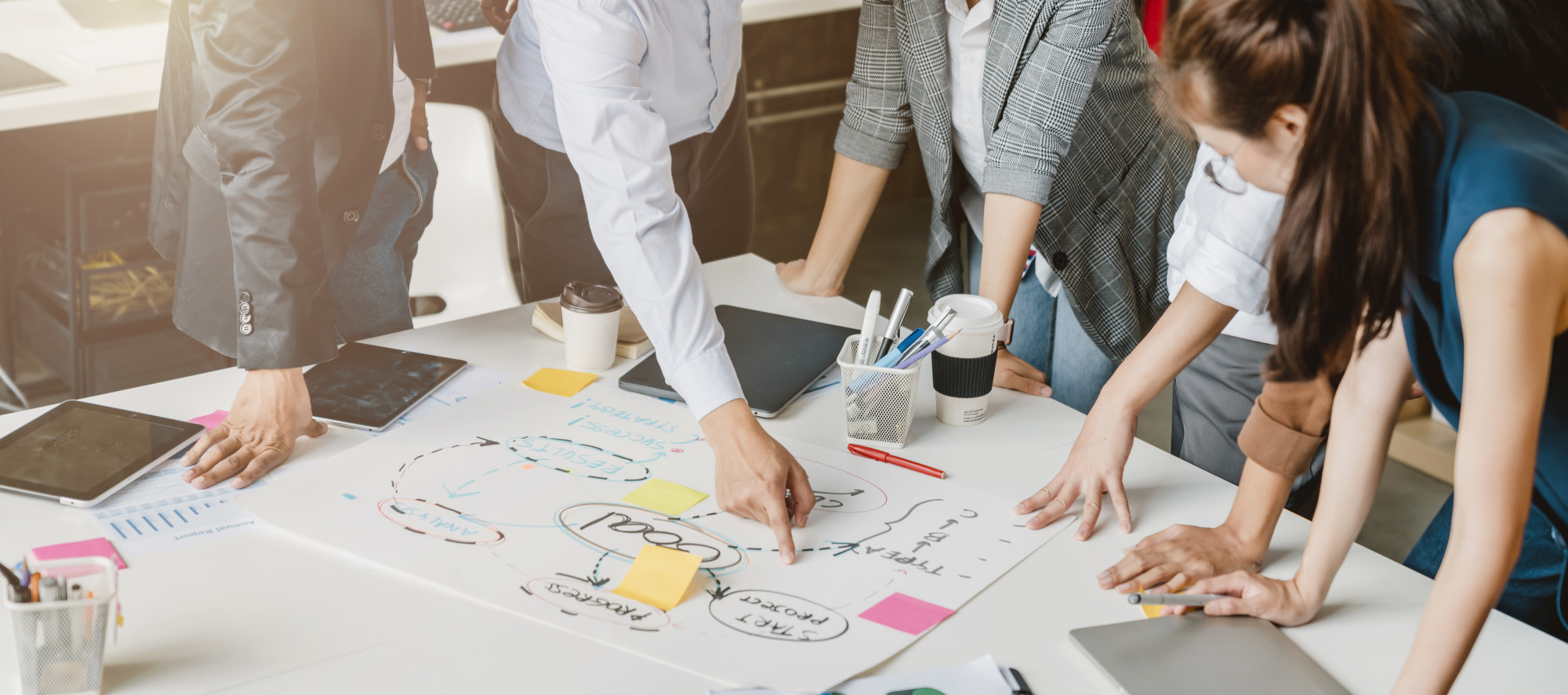
The idea of launching your affordable products into the world sends your heart racing. You’ve created something that’s unique, in demand, and revolutionary. You’re sure that it’ll find its niche easily, and you’re eager to see it take off finally.
But all of that would be useless if your product wasn’t at its best, to begin with. Despite what the picture-perfect launch may look like, there’s plenty of room for error in a product manufacturing lifecycle.
To learn more about the product development lifecycle, read this quick guide.
Idea Generation
Idea generation is the first step in the product development lifecycle. New product ideas are formed, explored, and evaluated for possible implementation. To begin the idea-generation process, market research is conducted to identify customer needs, competitive offerings, and potential market opportunities.
After the research is complete, teams brainstorm and develop product ideas based on customer needs, competitive offerings, and market opportunities. During this process, ideas are filtered and evaluated to determine which product ideas should be pursued further.
Product Definition
This involves mapping out a clear plan and timeline to develop a product. It involves discussing a product’s requirements, and understanding user need customer expectations, and market trends.
The goal is to fully define the scope and requirements of the product before the development process even starts. Important stakeholders will be involved in this step and will use customer research and user feedback to help inform their decisions.
Initial Design
This is the stage where product designers generate ideas and sketch out their vision. This stage requires a lot of creativity and artistic skill to come up with a concept that can be built and bring the product to market.
During this stage, product designers create drawings, 3D models, and simulations of the product to visualize it before actually starting the build. Additionally, designers perfect the user experience and figure out the physical formation of the product.
Validation And Testing
Validation usually occurs during the design process, when a prototype is created and tested against the customer’s requirements. During prototyping, various elements of the product design are assessed through experiments and feedback to ensure they’re correct.
Testing is typically the next step in the product development lifecycle. Testing covers a range of activities such as usability testing to evaluate the quality and performance of the product, system testing, and user acceptance testing to make sure the product meets the customer’s requirements.
Commercialization
In terms of commercialization, it typically begins with a concept or idea that is created by a product team. This idea is then researched and developed, as well as tested to establish its functionality and identify design flaws.
After a product is fully developed, the development team works to begin mass production. Lastly, the product is marketed and sold to consumers through various channels. To learn more, this helpful article will tell you more about various channels
Learn More About Product Development Lifecycle Today
The product development lifecycle is an organized process to take an idea and turn it into a real product. It requires coordination of resources and requires some trial and error to fine-tune the product delivery.
In the end, with an adaptive and efficient process. An organization can bring innovative products to market faster and more efficiently. If you’re interested in learning more about this process and how it’s used in practice, please reach out to our experts for assistance.
Found this article useful? Keep browsing this section for more interesting reads.




